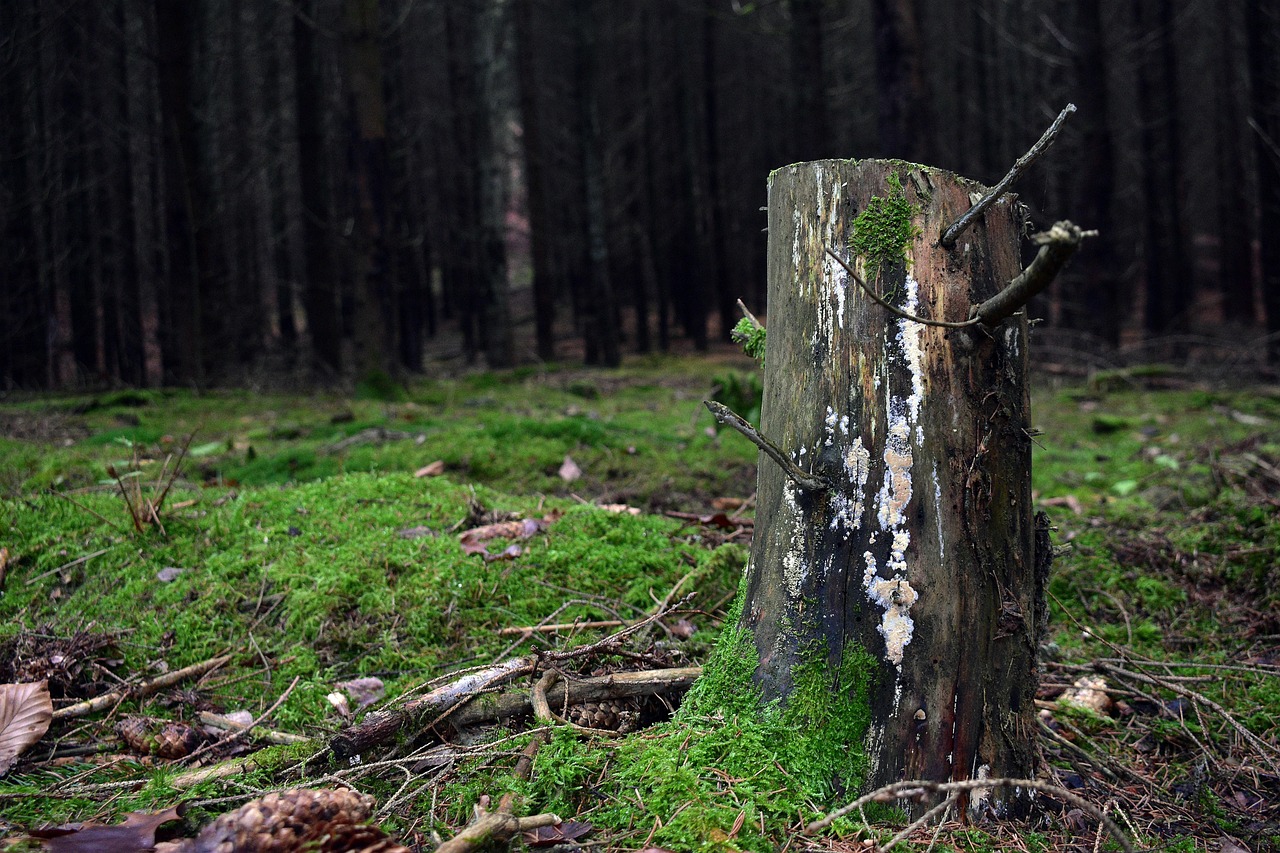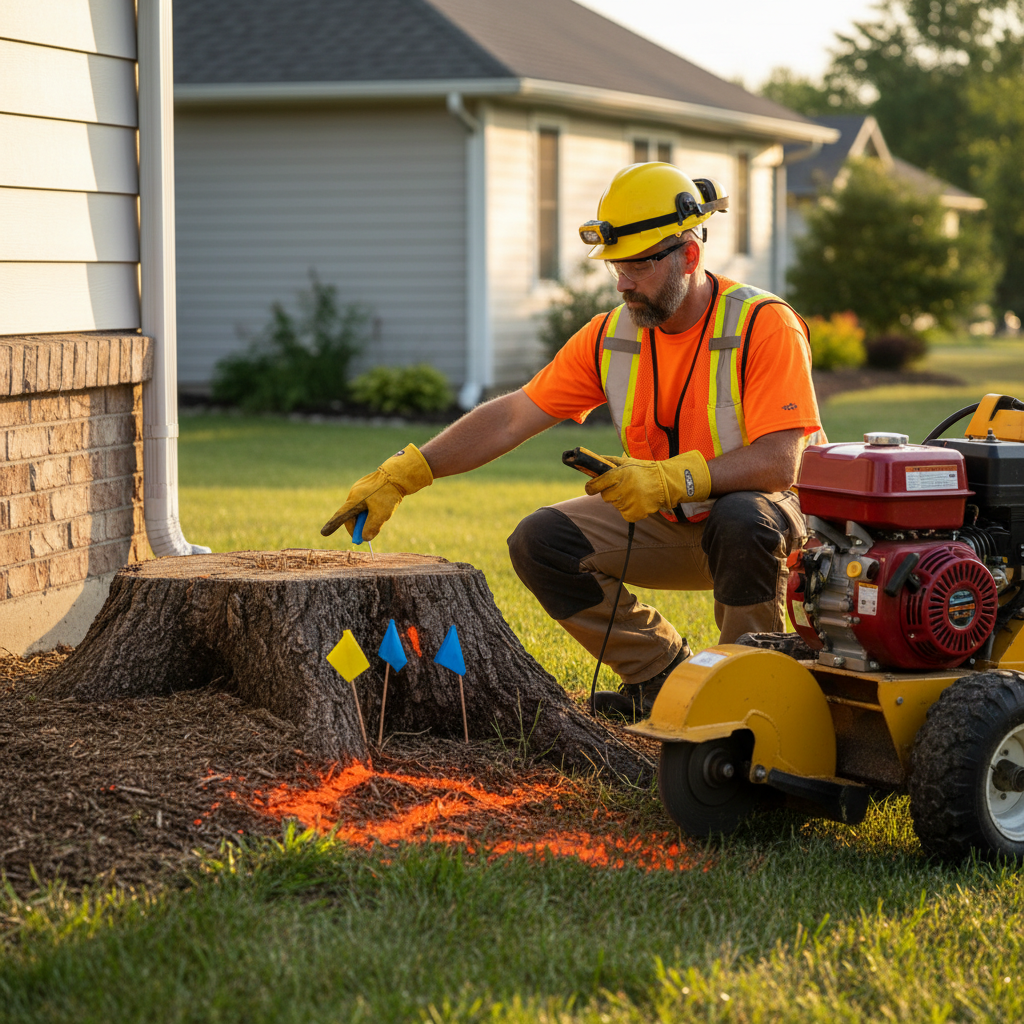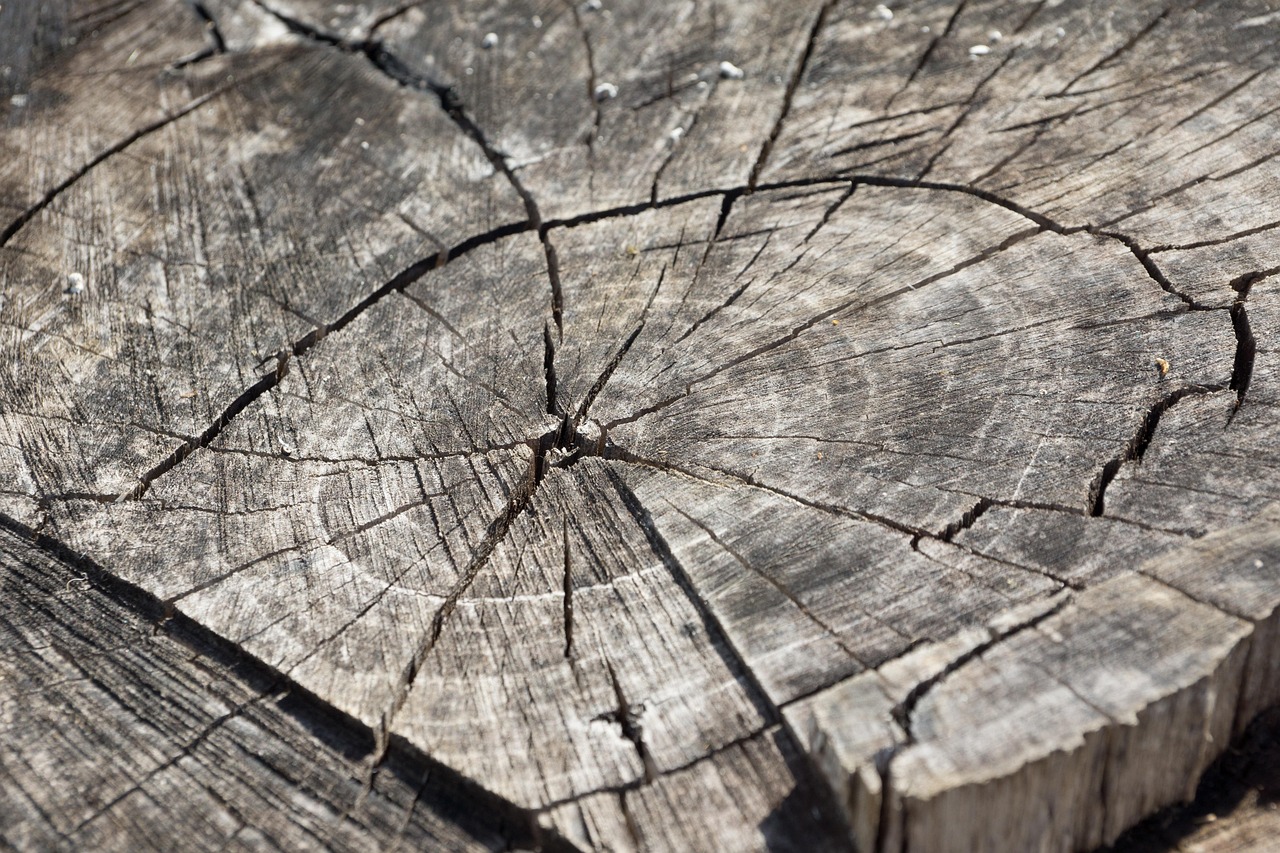TL;DR
- Urban regulations require permits and noise restrictions
- Limited space demands smaller, maneuverable equipment
- Noise and dust control are essential in dense neighborhoods
- Professional services handle urban challenges efficiently
Urban stump grinding presents unique challenges due to space limitations, strict regulations, and close proximity to neighbors and infrastructure. As a tree care expert working in city environments, I’ve helped numerous urban homeowners address stump removal safely and discreetly. City living requires careful planning to minimize disruption while achieving effective results.
Stump grinding in urban areas demands specialized approaches to comply with local laws, manage limited space, and maintain good neighbor relations. Professionals experienced in city work know how to navigate these complexities efficiently. Let’s explore the main challenges and proven solutions for urban stump grinding.
Urban Regulations and Permits
City environments have strict rules for tree work and equipment use.
Permit Requirements
Most municipalities require approvals for stump removal.
- Tree Permits: Required for stumps from protected or large trees
- Noise Ordinances: Grinding limited to specific hours (typically 8am-6pm weekdays)
- Right-of-Way Work: Permits for stumps in public easements
- HOA Rules: Homeowner associations may have additional restrictions
Compliance Solutions
Work within legal frameworks for smooth operations.
- Pre-Application: Submit site plans and stump details to city forestry
- Permit Processing: Allow 2-4 weeks for approval in busy departments
- Inspection Scheduling: Coordinate with providers for permit timing
- Documentation: Keep copies of approvals on site during work
Space Constraints in Cities
Tight urban yards limit equipment options and access.
Limited Access Issues
Narrow gates and fenced yards complicate grinding.
- Gate Dimensions: Standard walk-behind grinders need 36” wide gates
- Fenced Properties: Remove sections or use remote-controlled models
- Alley Access: Urban alleys may restrict large equipment
- Neighbor Proximity: Protect adjacent properties from dust and debris
Equipment Solutions
Choose compact tools for urban spaces.
- Walk-Behind Grinders: 24-30” wide for tight residential lots
- Remote-Controlled Units: Operator stays outside fenced areas
- Hand Tools: Manual root cutting for very confined spaces
- Staging Areas: Use street parking for equipment setup
Noise and Dust Management
Urban grinding can disturb neighbors and violate noise laws.
Noise Control Strategies
Minimize disruption during operations.
- Time Restrictions: Schedule for allowed hours (check local ordinances)
- Equipment Selection: Quieter electric models over gas-powered
- Muffler Usage: Proper maintenance reduces engine noise
- Neighbor Notification: Inform adjacent properties in advance
Dust Suppression Techniques
Contain airborne particles in dense areas.
- Water Spraying: Wet grinding reduces dust by 80%
- Vacuum Attachments: Capture chips at the source
- Wind Barriers: Use tarps or temporary fencing on windy days
- Site Enclosure: Contain dust in small urban yards
Working Near Structures and Utilities
City properties have more infrastructure to protect.
Utility Protection
Avoid damaging underground lines.
- 811 Calls: Mandatory utility locating 48 hours before work
- Private Lines: Mark irrigation, lighting, or septic systems
- Hand Digging: Expose utilities manually before grinding
- Shallow Grinding: Adjust depth near known underground features
Structure Safeguards
Protect buildings, fences, and hardscapes.
- Surface Padding: Plywood under equipment to prevent lawn damage
- Protective Barriers: Cover patios, decks, and siding
- Fence Protection: Tarps over fences to catch flying chips
- Window Screening: Protect glass from debris projectiles
Urban Tree Species Considerations
City trees often present specific grinding challenges.
Hardwood Challenges
Common urban trees like oak and maple are dense.
- Grinding Difficulty: Require more powerful equipment
- Chip Volume: Larger, heavier chips from dense wood
- Root Density: Extensive systems in limited urban soil
- Solution: Use carbide-tipped teeth for efficient cutting
Root System Issues
Urban trees have confined root zones.
- Surface Roots: Common in city yards, require careful grinding
- Shared Roots: Adjacent trees may be affected by deep cuts
- Sidewalk Damage: Roots lifting concrete need coordinated repair
- Solution: Shallow grinding preserves neighboring trees
Scheduling and Timing in Cities
Urban life requires careful planning around community schedules.
Peak Season Constraints
Spring and fall are busy in urban areas.
- Appointment Availability: Book 2-4 weeks in advance
- Noise Windows: Limited to daytime hours only
- Parking Issues: Coordinate street parking for equipment
- Weather Delays: Urban weather patterns affect scheduling
Off-Season Advantages
Winter and summer offer flexibility.
- Lower Demand: Easier scheduling and potential discounts
- Quiet Periods: Less neighbor disruption during vacations
- Weather Benefits: Dry conditions ideal for grinding
- Preparation Time: More time for permits and coordination
Cost Implications in Urban Settings
City work often costs more due to constraints.
Higher Base Rates
Urban premiums reflect challenges.
- Access Premiums: +20-50% for difficult urban access
- Permit Fees: $50-200 for city approvals
- Equipment Transport: Higher costs for navigating city traffic
- Insurance Rates: Elevated in dense urban environments
Value Considerations
Urban convenience justifies costs.
- Time Savings: Professionals handle permits and scheduling
- Property Protection: Higher insurance covers valuable urban land
- Neighbor Relations: Professional noise control maintains harmony
- Quality Results: City regulations demand professional standards
Professional vs DIY in Urban Areas
City conditions favor professional services.
DIY Limitations in Cities
Space and regulations make DIY challenging.
- Equipment Access: Rental grinders may not fit through gates
- Noise Complaints: Limited hours restrict DIY timing
- Utility Risks: Higher density increases strike potential
- Legal Issues: City permits required for any grinding
Professional Advantages
Experts navigate urban complexities.
- Permit Handling: Professionals manage city bureaucracy
- Compact Equipment: Specialized tools for tight spaces
- Noise Management: Scheduled during allowed times
- Liability Coverage: Insurance essential in populated areas
Preparing Your Urban Property
Site preparation is crucial in city environments.
Space Clearing
Maximize available working area.
- Neighbor Coordination: Inform adjacent property owners
- Temporary Access: Remove fence sections if needed
- Debris Management: Contain chips to prevent street mess
- Parking Arrangements: Reserve spots for equipment trucks
Utility and Safety Prep
Protect urban infrastructure.
- 811 Service: Essential in dense utility areas
- Private Line Marking: Identify all underground features
- Emergency Access: Ensure paths remain clear for services
- Pet and Child Safety: Secure animals during operations
Conclusion
Stump grinding in urban areas requires navigating regulations, space constraints, and neighbor concerns with professional expertise. As your tree care resource, I recommend experienced urban providers who understand city challenges and deliver discreet, compliant service. With proper planning, even the most constrained city yards can be stump-free and beautiful.
Contact local stump grinding professionals through our directory to address your urban stump removal needs efficiently and respectfully.


